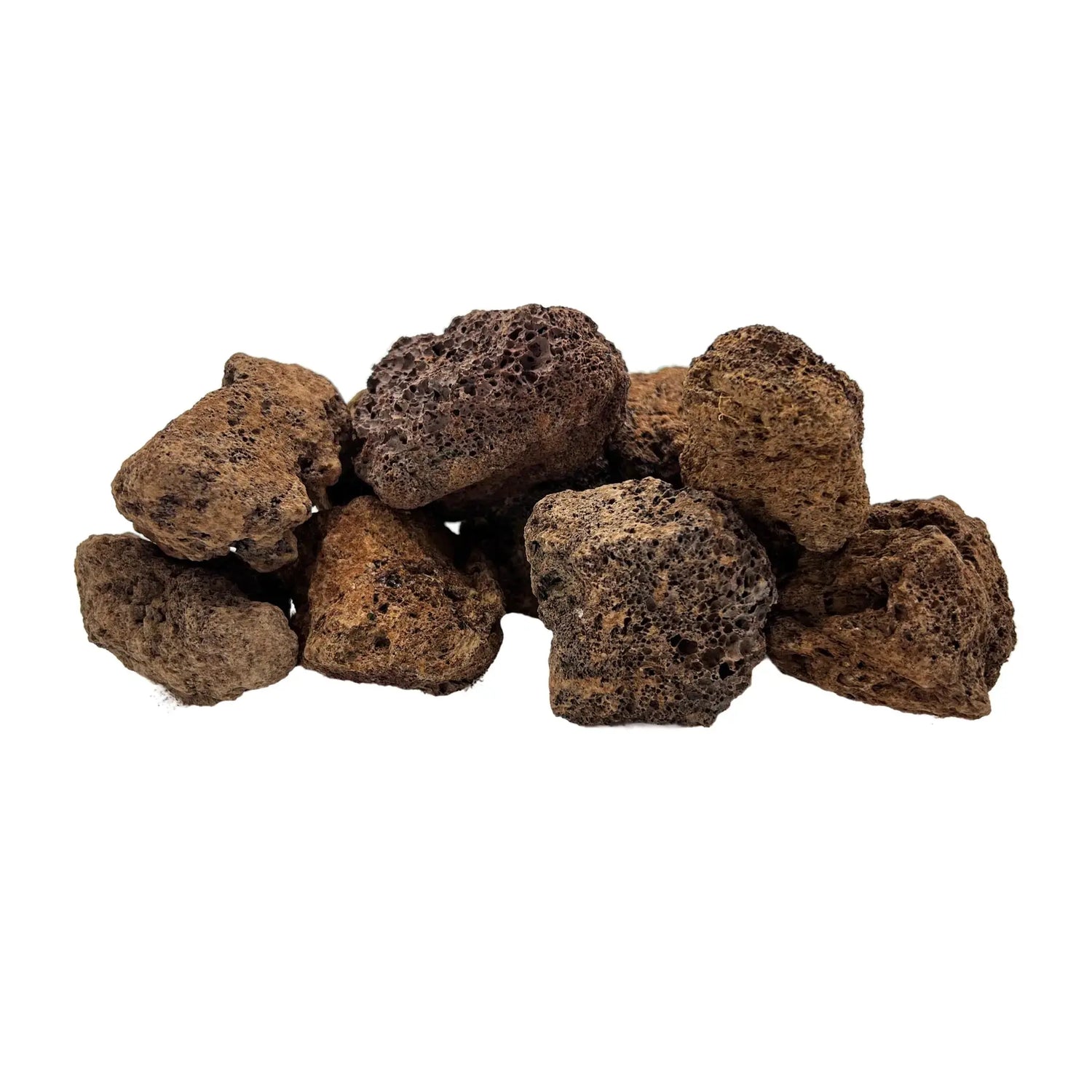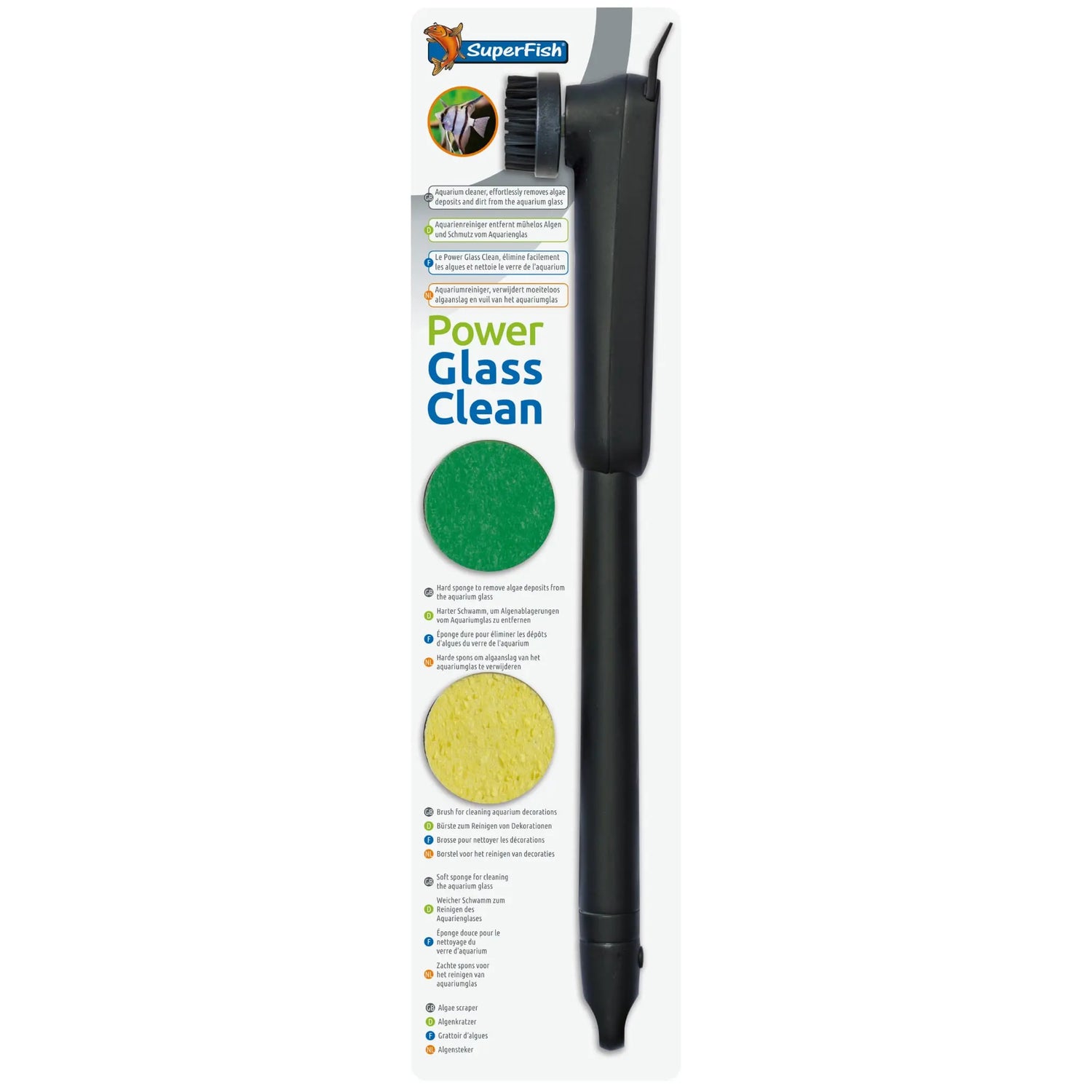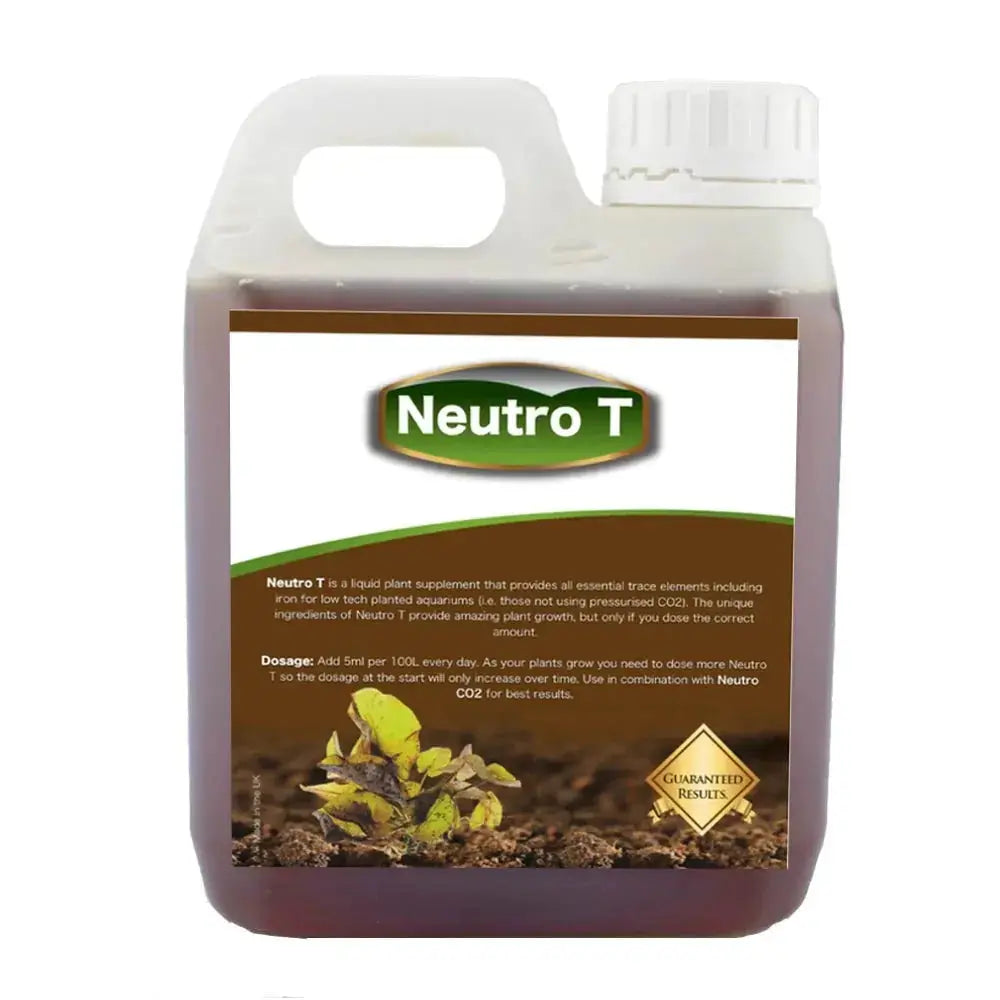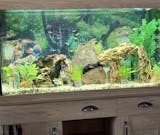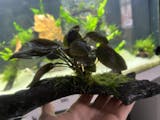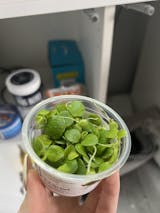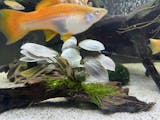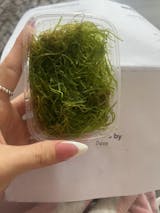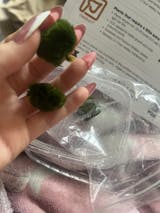Drop Checkers are an important piece of equipment in a planted aquarium. In fact without a drop checker how do you actually know what your CO2 levels are? They work by measuring the pH levels in your aquarium. A small amount of test reagent is placed in your drop checker and changes colour according to your CO2 levels. The ideal colour to aim for is green and if you have too little CO2 it becomes blue and too much, become yellow.
Available in a variety of shapes and sizes, some glass, some plastic but they all do the same job. The only difference is that most of them are supplied with a reagent that doesn't work properly and as a result will give false readings. If you have a drop checker and you use tank water and an orange reagent to measure your CO2 levels, then you need to change (this is the old fashioned/incorrect way) but we'll get onto that shortly.
All drop checkers need to use 4dkh bromothymol blue solution. This solution is the most accurate on the market and once placed in your drop checker provides accurate results. In a planted aquarium the desired CO2 level for optimum plant growth is 30ppm. When your aquarium has this amount of CO2 in it, your drop checker will turn green - this is why it's so important. So why shouldn't you use tank water and the orange reagent that most drop checkers come with?
Tank water contains a variety of acids and alkalines some created by fish and shrimp, others added by hobbyists in the form of fertilisers for their plants. Therefore by using tank water in your reagent you're adding a solution that is already changing and this is no good if you want accurate results - you need to start with a stable base level and go from there. This is where the 4dkH bromothymol blue solution comes in handy.
For more information on this subject you can visit this link.
Here's a nice picture of a drop checker changing colour



